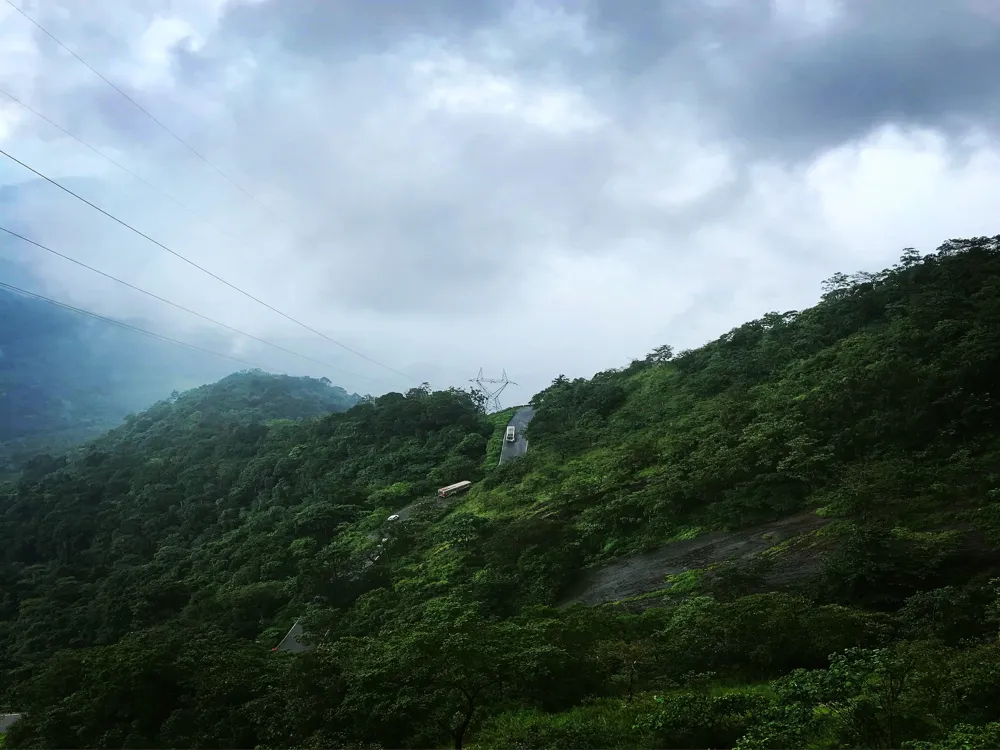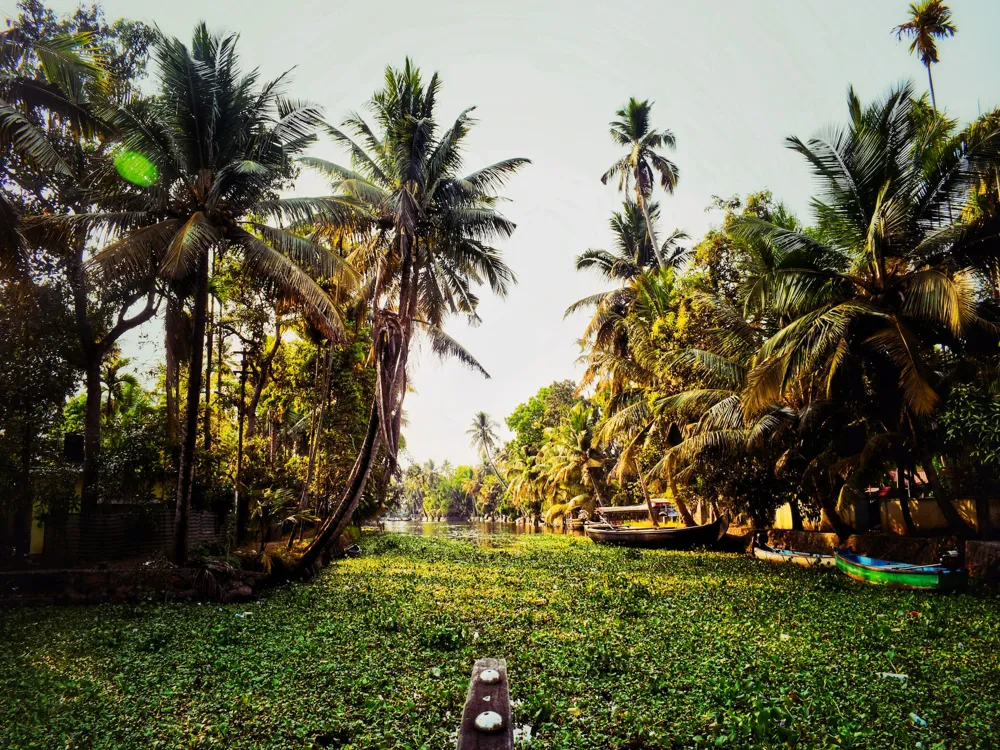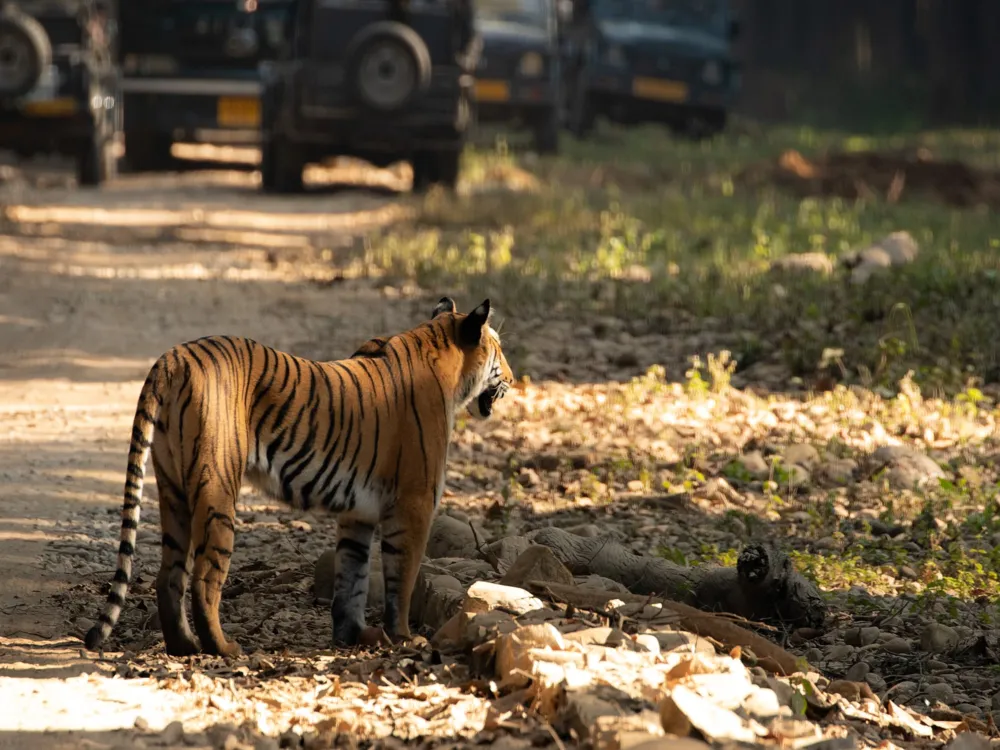Best Time to Visit Sundarban National Park
West Bengal India
3 out of 38 Places to visit in West BengalNaN onwards View Packages
Get Customized PackagesThe Land of Diversity
Top Hotel Collections

Private Pool

Luxury Hotels

5-Star Hotels

Pet Friendly
What is the best time to visit Sundarban National Park?
Sundarban National Park, a UNESCO World Heritage Site in India, entices visitors year-round, yet the prime time to explore this majestic mangrove forest is during the winter months from November to February. This period offers comfortable temperatures, minimal rainfall, and excellent wildlife sightings, including the elusive Bengal tiger. The cooler weather during these months provides an ideal setting for boat cruises, birdwatching, and exploring the diverse flora and fauna of the Sundarbans.
More about Best Time to Travel to Sundarban National Park
Travel Peak Season in Sundarban National Park
The peak season in Sundarban National Park spans from November to February. During this time, the park attracts nature enthusiasts and wildlife aficionados seeking the best chance to spot the Bengal tiger and other wildlife species. The pleasant weather and fewer insects make it an opportune time for nature trails and boat safaris.
Travel Offseason in Sundarban National Park
Conversely, the offseason in Sundarban National Park falls from March to October. While the monsoon months from June to September witness heavy rainfall and limited access to certain areas, the remaining months offer a quieter experience for travelers seeking solitude amidst the natural wonders of the Sundarbans.
Sundarban National Park Travel Packages
View All Packages For Sundarban National Park
Sundarban National Park in Shoulder Season
The shoulder season, particularly in March, April, May, and October, offers a transition between the extremes of weather. It's a time when the park starts to get greener, and the wildlife is more active, making it suitable for enthusiasts looking for a balanced experience.
Sundarban National Park in Hot Season
The hot season from April to June experiences higher temperatures and humidity. Although it might be less comfortable for outdoor activities, it offers opportunities to witness wildlife in their natural habitat.
Sundarban National Park in Rainy Season
The rainy season, mainly from June to September, encounters heavy rainfall. It's a challenging time for visitors due to limited accessibility, but it showcases the lush greenery and vibrant ecosystem of the Sundarbans.
Sundarban National Park in Cool Season
Finally, the cool season from November to February provides a pleasant climate, making it an ideal time for exploring the Sundarbans' beauty, wildlife, and serene landscapes without the discomfort of extreme heat or heavy rainfall.
Places To Visit In Sundarban National Park
Nearby Places Sundarban National Park
Sundarban National Park Photos
View All Photos For Sundarban National ParkBrowse Package Collections
Browse Hotel Collections
Faq
Q1: When is the best time to visit Sundarban National Park for wildlife enthusiasts?
A: The ideal time for wildlife enthusiasts to visit Sundarban National Park is during the winter months, from November to February. The weather is cooler, and the chances of spotting animals like Bengal tigers, crocodiles, and various bird species are higher.
Q2: Is there a specific time frame recommended for birdwatching in Sundarbans?
A: Yes, birdwatchers should plan their visit to Sundarbans between December and February. This period coincides with the migratory season, attracting a diverse range of avian species. The weather is pleasant, providing an excellent environment for birdwatching.
Q3: Are there any specific months to witness the unique tidal mangrove forest phenomena?
A: To experience the mesmerizing tidal mangrove forest phenomena, plan your visit during the monsoon season, from June to September. The rising water levels and lush greenery during this time offer a different perspective of the Sundarbans.
Q4: What is the recommended time to avoid extreme weather conditions in Sundarbans?
A: To avoid extreme weather conditions such as heavy rainfall and high temperatures, it's advisable to visit Sundarbans during the post-monsoon months of October and early November. This period provides a more comfortable climate for exploration.
Q5: Can you suggest the best time for a serene boating experience in Sundarbans?
A: For a serene boating experience, plan your visit during the winter months of December and January. The weather is mild, and the calm waterways offer a peaceful setting for exploring the intricate network of rivers and channels.












